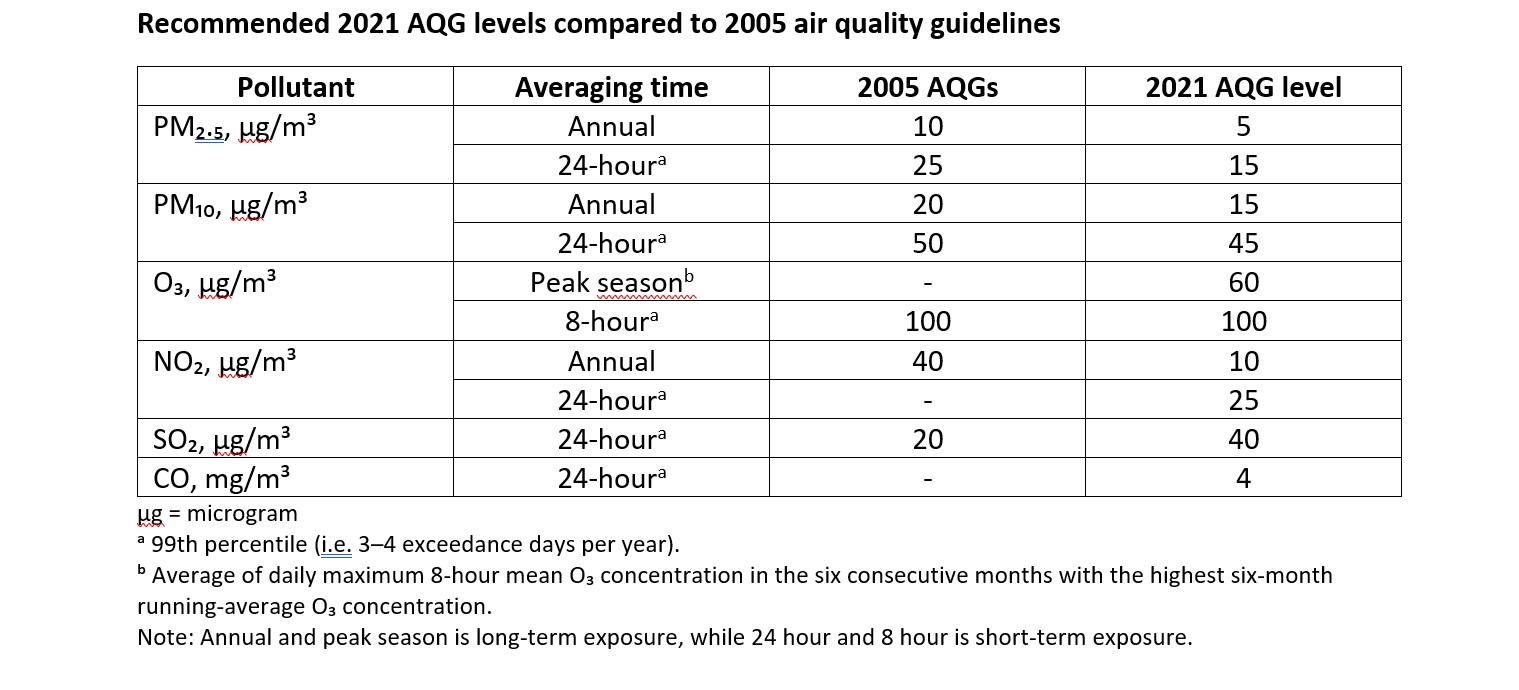
QUT Distinguished Professor Lidia Morawska, co-chair of the Guidelines Development Group which developed the new World Health Organisation Air Quality Guidelines released overnight, says the guidelines aim to reduce millions of premature deaths a year worldwide.
- WHO Global Air Quality Guidelines
- The WHO media release, including infographics, is available here.
The guidelines recommend new air quality levels to protect the health of populations, by reducing levels of key air pollutants, some of which also contribute to climate change.
The new WHO guidelines were announced overnight in Bonn, Germany, and are a major update of air quality guidelines that were last revised in 2005.
The recommendations included in the guidelines provide much lower concentration levels for major pollutants - particulate matter (PM), ozone (O), nitrogen dioxide (NO) sulfur dioxide (SO) and carbon monoxide (CO).
“Almost all of the guidelines as to what constitutes acceptable levels of air pollution in the air have been reduced because extensive scientific research, since the guidelines were revised in 2005, has shown adverse health effects at lower levels,” Professor Morawska said.
“More than 90 per cent of the world’s population lives in places where air pollution levels exceed even the previous much higher WHO guideline limits. With these new limits, it will be almost everyone.
“Air pollution is a global problem, with factors such as smog hanging over cities and open fires used in many countries for cooking.
“In Australia, we have many factors that need to be considered including industry, transport, bush fires and dust storms.”
Professor Morawska last week was been named in the 2021 TIME100, the annual list of the 100 most influential people in the world.
“Air pollution is recognised as one of the biggest environmental threats to human health, and on par with major global health risks with things such as tobacco smoking,” Professor Morawska said.
“The burden of disease attributable to air pollution is now estimated to be similar to other major global health risks, such as smoking and unhealthy diet.
“The number of premature deaths linked to air pollution could be cut by up to 80 per cent if the world reaches the new target levels.
“Here in Australia, urban air pollution is generally lower that in many other cities around the world. However, during prolonged periods when bushfire smoke blankets Australian cities, the contractions are on par with other polluted cities.
“Research shows that even here in Australia, at these relatively low levels compared to elsewhere in the world, exposure to air pollution reduces life expectancy and sickens the community.”
Particulate matter, primarily generated by fuel combustion in different sectors, including transport, energy, households, industry, and from agriculture, is a particular risk to public health because it is capable of penetrating the lungs and even entering the bloodstream.
Globally, exposure to air pollution has been linked to reduced lung growth and function, respiratory infections and aggravated asthma in children and heart disease and stroke in adults. There is also emerging evidence of other effects such as diabetes and neurodegenerative conditions.
Professor Morawska said the AQGs were targets the world needed to reach to reduce premature death and debilitating illness.
“These are not legally binding limits,” she said.
“They are evidence-based tools for decision makers to make appropriate laws that will decrease the health burden of high pollution levels.
“Achieving these new AQG levels is the ultimate goal, but we know many countries, particularly in city areas, face big challenges in dealing with high pollution levels.”
Professor Morawska is in QUT’s School of Earth and Atmospheric Sciences in the Faculty of Science.

Media contact:
Rod Chester, QUT Media, 07 3138 9449, rod.chester@qut.edu.au
After hours: Rose Trapnell, 0407 585 901, media@qut.edu.au




